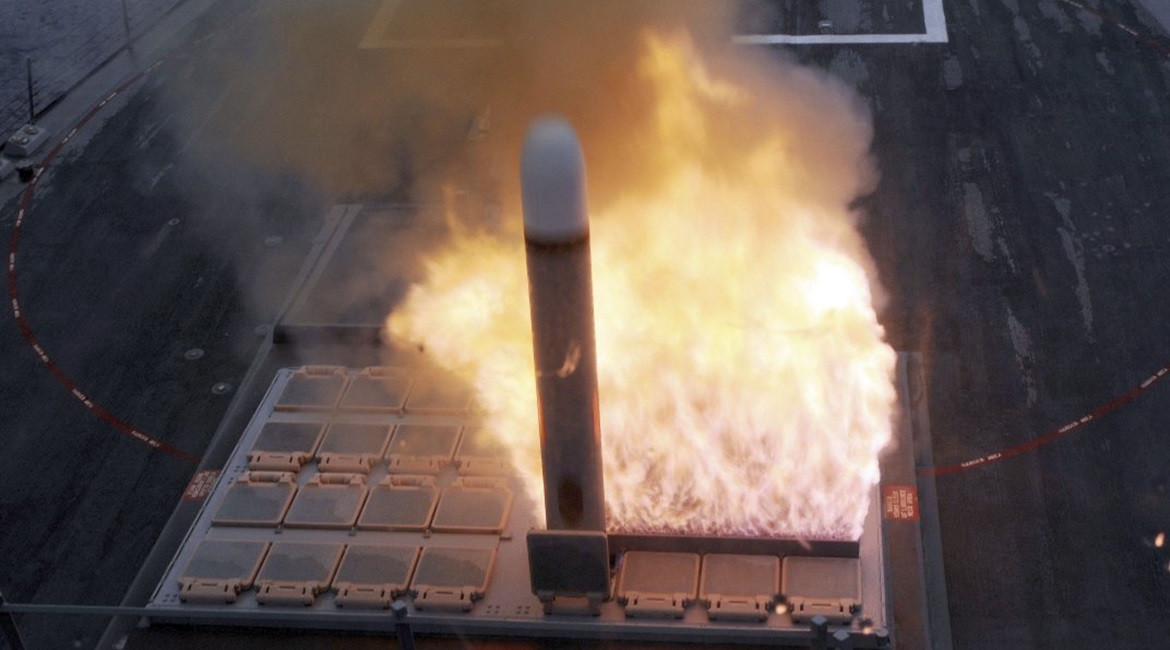
President Donald Trump announced on 1 February that he is formally withdrawing the United States from the 1987 US-Soviet Intermediate-Range Nuclear Forces (INF) Treaty.
Trump said the US would “suspend its obligations” under the INF Treaty on 2 February by giving the required six months’ notice of intent to leave. He added, however, that if “Russia comes back into compliance by destroying all of its violating missiles, launchers, and associated equipment” by August, the US might not go ahead with the withdrawal.
“The United States has fully adhered to the INF Treaty for more than 30 years but we will not remain constrained by its terms while Russia misrepresents its actions,” Trump said. “We cannot be the only country in the world unilaterally bound by this treaty, or any other.”

A Block IV Tactical Tomahawk SLCM is test-fired from the Mk 41 VLS onboard the USN’s Arleigh Burke-class guided-missile destroyer USS Farragut. There is debate over whether converting Tomahawk missiles for land-based deployment would be part of any US plan to respond to the collapse of the INF Treaty. (US Navy )
Under the INF treaty ground-launched ballistic and cruise missiles with ranges between 500 km and 5,500 km are banned, but the administration’s anticipated move could see the US begin to develop these weapons. “We will move forward with developing our own military response options and will work with NATO and our other allies and partners to deny Russia any military advantage from its unlawful conduct,” Trump said in the statement
Looking to read the full article?
Gain unlimited access to Janes news and more...




